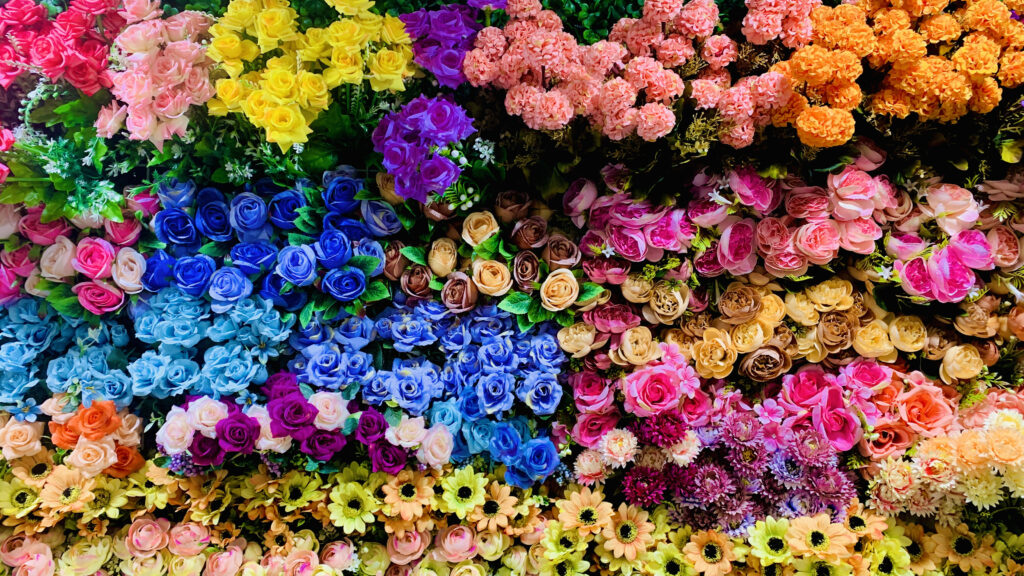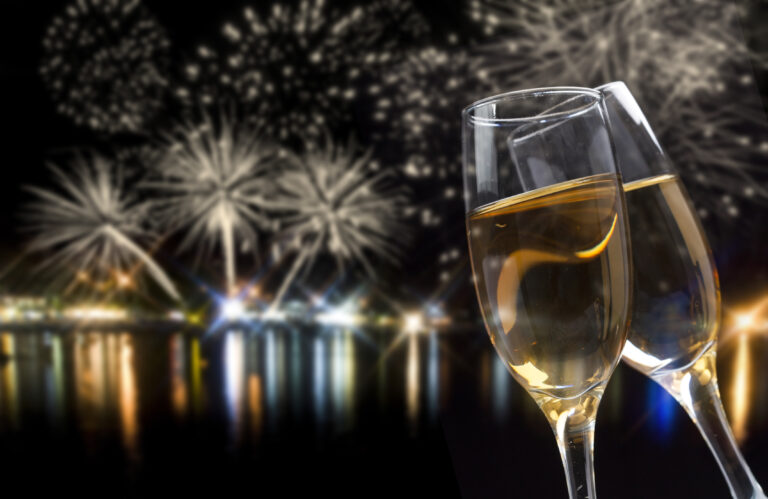
Haleigh Eustis
Intern, Digital Marketing
Happy New Year! Did you know that January 1st isn’t the only day that is referred to as “The New Year?” Around the world, there are various New Years that are celebrated on different days. That being said, what is a better gift for the new year than flowers! The New Year symbolizes new beginnings and is commonly associated with a flower or plant. Celebrate the New Year while learning the flowers that are associated with different New Year’s celebrations globally!
Nowruz, The Persian New Year (March 21st): Celebrated in the spring, Nowruz is a 13-day celebration that symbolizes the end of winter. Because this holiday symbolizes rebirth and renewal, the Hyacinth flower is normally associated with Nowruz. This flower refers to renewal as well, which is perfect for the New Year celebration!
Russian Old New Year (January 14th): Celebrated across the world (but mainly in Russia), the Old New Year was first documented on the Julian Calendar. The Russian Old New Year is a holiday filled with winter festivals that embody Russian culture. Food, activities and family are all a large component of the New Year. Though it’s not a flower, the fir tree is the plant associated with the holiday. It’s a symbol of life, rebirth and value which makes it the perfect plant for the Russian Old New Year!
Diwali, Hindu New Year (November 12th): This Hindu New Year is a celebration of lights as it is filled with lanterns, fireworks, prayer and sweets. The rangoli flower is a symbol for Diwali. Though it’s not a physical flower that can be planted, mum flowers are used when creating this beautiful floral symbol. The mum represents death and rebirth at the same time which is a wonderful flower for the New Year as one is saying goodbye to the past and hello to a new beginning!
Chinese New Year (February 10th): Chinese New Year is a celebration that involves offerings to ancestors, fireworks, good food and beautiful decorations. A flower commonly associated with Chinese New Year is the orchid. It’s a beautifully classic flower that symbolizes fertility and wealth. These flowers are usually sold during Chinese New Year as they are used to decorate.
Rosh Hashanah, Jewish New Years (September 15th): Celebrated in two nights, Rosh Hashanah is the Jewish New Year which is observed after someone has blown the shofar. Considered a high Holy Day, Rosh Hashanah is celebrated with prayer, symbolic foods such as apples and honey and family. White lilies are usually associated with this New Year’s celebration as they represent peace and purity.
Though this list is small compared to the various New Year’s celebrations across the world, it’s a fun insight into the correlation that flowers have with holidays! While flowers are beautiful, they are much more than a decoration. Their symbolism runs deeper than many people would imagine! Shop all your floral needs at Price Chopper/Market 32 Floral Department!

Each year millions of eyes are simultaneously fixated on the Waterford Crystal at Times Square New Year’s Eve Ball. At 11:59 pm on December 31st, the ball begins it’s highly anticipated descend. Families, friends and strangers alike unite in a countdown to a New Year, full of fresh optimism, new hopes, and stress-free grocery shopping.
It’s a cool tradition: That moment of unity and refreshed hope is a fun way to begin a new chapter. But how did it come to be? As we often do here on our blog, we went back into history to find out.
New Year’s Eve was first celebrated in Times Square in 1904, but it wasn’t until 1907 that the ball made its first appearance. The original ball was a hefty 700-pound mass made of iron and wood. It was built by a young immigrant metalworker named Jacob Starr, his company, Artkraft Strauss, was responsible for lowering the ball. Since it’s inauguration in 1907, that ball has undergone seven design changes before becoming what it is today.
After a successful introduction, 1942 and 1943 are the only two years since that the ball has not been lowered, as a wartime “dimout” of lights in New York City had the celebration on hiatus. Nevertheless, the crowds still gathered in Times Square those two years. Introducing the New Year with a minute of silence, followed by the ringing of chimes from sound trucks.
As for the Times Square location, the first shindig was to commemorate the new headquarters of the New York Times. Adolph Ochs, the newspaper’s owner successfully lobbied for the city to rename Longacre Square, Times Square. The Times Tower became the focus of the city’s New Year’s gathering.
Ochs went all out, sparing no expense to ensure the celebration was a success. An all-day street festival led to a nighttime fireworks display, finished off at midnight when sounds of noise-makers and rattlers erupted through the streets. The entire party was a rousing success, and Times Square effectively became the place to be for New Year’s Eve.
Two years later, the city banned Ochs’ fireworks display. Yet, he remained unfazed, replacing the light show with the first New Year’s Eve ball built by Jacob Starr. The rest is history as the Times Square New Year’s Eve celebration began capturing the imagination of the nation, and eventually the rest of the world.
If you’re watching the ball drop this year, make sure you do so with some tasty appetizers: check out our appetizer recipe collection. Visit your local store for everything you need to make your New Year’s Eve an enjoyable one!
Happy New Year!



